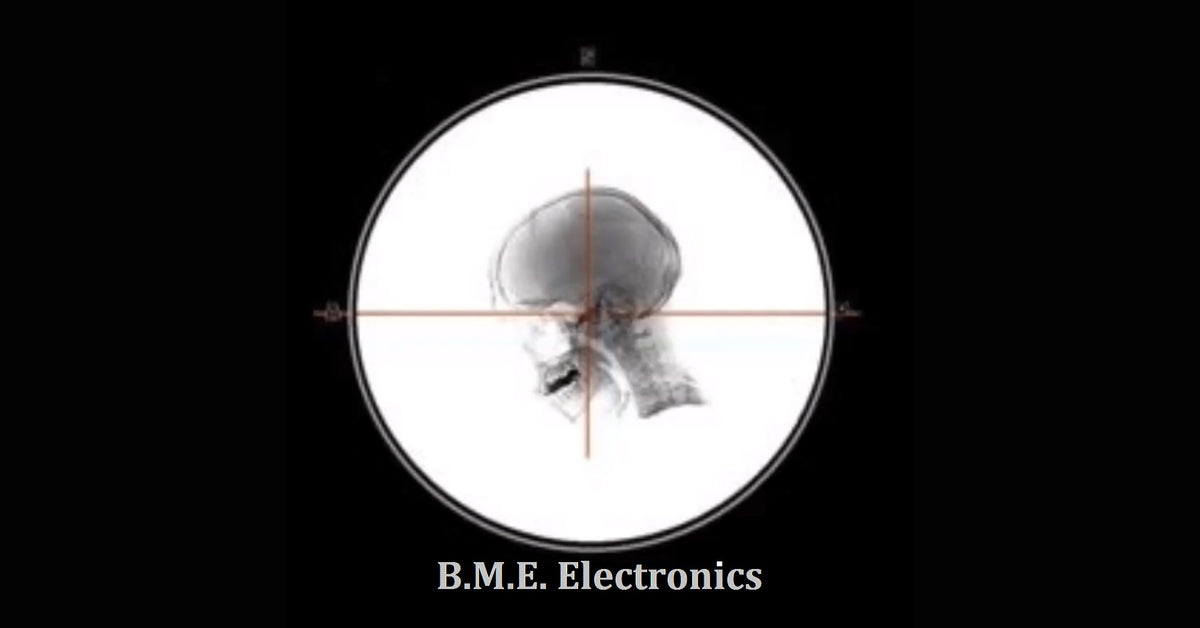JGeropoulas
The Living Force
When neuroscientist Li-Huei Tsai tuned her light to flash 40 times a second, or 40 hertz, and flickered it at the mice, their brains flickered back—generating gamma waves at a corresponding 40 hertz...When Tsai dissected the mice brains afterward, the amount of amyloid plaques and tau tangles in the mice that saw the light had plummeted. “It was the most remarkable thing,” Tsai says. “The light flicker stimulation triggers a tremendous microglia response. These are the brain’s immune cells that clear cell debris and toxic waste including amyloid. They’re impaired in Alzheimer’s disease, but [the light] seems to restore their abilities.”
When the mice sat in a room with both the flashing light and the droning sound for an hour day, seven days in a row, amyloid plaques and tau tangles began falling in not just the audio and visual cortices but the prefrontal cortex and the hippocampus as well. “This was one of the big jumps in the new paper,” Macauley says. “These are the learning and memory centers of the brain. And there was about a 40 or 50 percent decrease in amyloid and tau levels. It’s an absolutely impressive feat.”
Full article here:

 www.scientificamerican.com
www.scientificamerican.com
Device being marketed here:

 gammalightandsound.com
gammalightandsound.com
When the mice sat in a room with both the flashing light and the droning sound for an hour day, seven days in a row, amyloid plaques and tau tangles began falling in not just the audio and visual cortices but the prefrontal cortex and the hippocampus as well. “This was one of the big jumps in the new paper,” Macauley says. “These are the learning and memory centers of the brain. And there was about a 40 or 50 percent decrease in amyloid and tau levels. It’s an absolutely impressive feat.”
An Hour of Light and Sound a Day Might Keep Alzheimer’s at Bay
Scientific American online
By Angus Chen on March 14, 2019
There is no cure for Alzheimer’s disease. Although a few drugs manage temporarily certain cognitive symptoms of the illness, none can stop or meaningfully slow its progression. “We really don’t have much to offer people,” says Shannon Macauley, a neuroscientist at Wake Forest School of Medicine. Virtually all new treatments have failed in clinical trials. But new research is looking beyond drugs to see what relief might come from a simple LED light and a speaker.
Bathing patients in flashing light and pulsing sounds both tuned to a frequency of 40 hertz might reverse key signs of Alzheimer’s in the brain, according to a paper published in Cell on Thursday. “I think it’s an absolutely fascinating paper to be honest,” says Macauley, who was not involved in this work. “It’s a very provocative idea. It’s noninvasive and easy and low cost, potentially, so if it were to come to fruition in humans—that’s fabulous.”
Still, all this is a big if, Macauley acknowledges. The work was done in mice with genetic alterations that doomed them to develop key symptoms and pathology of Alzheimer’s disease. One batch of mice formed neurofibrillary tangles inside their neurons—dysfunctional knots of a protein called tau that can lead to the cell’s death. Another batch of the mice developed amyloid beta plaques—sticky heaps of protein that dam the flow of communication between neurons. All the mice also had a third hallmark of the disease—irregular brain activity in the gamma range of brain waves that oscillate between 30 and 100 times a second.
In 2015 , director at The Picower Institute for Learning and Memory at Massachusetts Institute of Technology, was working on an experiment to manipulate that brain activity by flashing a white light at these mice. Like light strobes, our brains flicker. Brain waves are generated when large groups of neurons oscillate on and off together. Neurons encode our thoughts and actions and senses in this rhythmic electrical flutter. So when Tsai tuned her light to flash 40 times a second, or 40 hertz, and flickered it at the mice, their brains flickered back—generating gamma waves at a corresponding 40 hertz. Then, something unexpected happened.
When Tsai dissected the mice brains afterward, the amount of amyloid plaques and tau tangles in the mice that saw the light had plummeted. “It was the most remarkable thing,” Tsai says. “The light flicker stimulation triggers a tremendous microglia response. These are the brain’s immune cells that clear cell debris and toxic waste including amyloid. They’re impaired in Alzheimer’s disease, but [the light] seems to restore their abilities.”
This clearing-out process only happened in the visual cortex where the brain processes light information. To get these effects to penetrate deeper into the brain, she added a clicking sound like a dolphin’s chirrup that also had a 40-hertz frequency. When the mice sat in a room with both the flashing light and the droning sound for an hour day, seven days in a row, amyloid plaques and tau tangles began falling in not just the audio and visual cortices but the prefrontal cortex and the hippocampus as well. “This was one of the big jumps in the new paper,” Macauley says. “These are the learning and memory centers of the brain. And there was about a 40 or 50 percent decrease in amyloid and tau levels. It’s an absolutely impressive feat.”
That showed when Tsai put the mice through a set of cognitive tests. In one, where the mice were given a familiar and an unfamiliar object to explore, mice that didn’t get the treatment acted as though they’d never seen the familiar object. “That shows some memory problems,” Tsai says. Mice that saw the light and heard the sound spent about two thirds of the time that untreated mice did examining the familiar object. “It was unbelievable,” Tsai says. “This is the first time we’ve seen that this noninvasive stimulation can improve cognitive function. It’s not a drug or an antibody or anything, it’s just light and sound.”
One possible explanation for this is brains with Alzheimer’s have irregular, often hyperactive, neurons, says Jorge Palop, a neurologist at the University of California, San Francisco, who did not work on the study. By providing the brains with a steady and regular beat, the repeating light and sound might work as a kind of metronome for brain activity. “This could be like resetting the mice every day and correcting some of this abnormal activity that they have,” he says. “Then downstream of that are all these beneficial effects.”
All of this is still at the level of speculation. Researchers simply do not know why these brain waves, specifically ones rising from light and sound stimulation at 40 hertz and no other frequencies, can lead to a reversal of Alzheimer’s disease symptoms. “That’s a mystery,” says Terrence Town, a neuroscientist, at the University of Southern California who was not involved with the work. It’s also not clear if these beneficial effects would appear or if 40 hertz is the “magic” frequency in humans, he says.
Tsai is already working on answering those questions. In human studies underway at Cognito Therapeutics, a start-up she founded with her colleague Ed Boyden, she says light and sound seem to increase gamma waves in healthy participants without negative side effects. “Nobody gets sick or even complains about it,” Tsai says. “But to see a [therapeutic] effect in humans, you’ll have to wait a long time. If this approach has an impact, the experiment could easily take five years to have some conclusive answer.”
Full article here:

An Hour of Light and Sound a Day Might Keep Alzheimer's at Bay
Playing a flashing white light and a trilling sound reversed signs of Alzheimer’s in mice. Researchers are now trying it in humans
Device being marketed here:

Gamma 40Hz Stimulation Device
Gamma 40Hz Audio Visual Neural Entrainment device
 gammalightandsound.com
gammalightandsound.com
